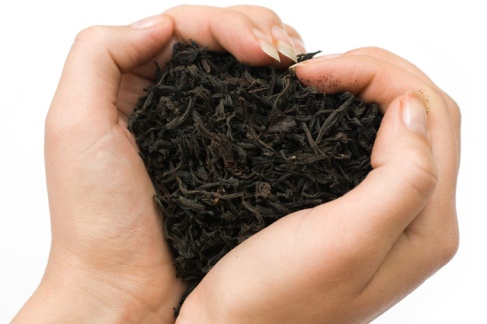“This is the cleanest factory center in the country! And there is no pollution, it is all very clean. This is why we call it, ‘Garden City,'” says a representative at one of China’s largest steel factories. He grins and exposes a range of brownish-black teeth. He is giving us a tour of a factory so vast that it is virtually a city coupled with its own transportation system, TV and radio stations. This factory-town, dubbed “Garden City,” bleeds black waste into neighboring waterways and pumps gallons of smog into the skies. The guide continues to smile and leads us into the dark steel factory after we put on protective hats. The workers are covered in soot, in contrast to our bright yellow helmets.
When I was in China recently, I visited several factories, including the aforementioned one for steel, others for hair clippers, clothing, and solar panels. We found that some factories were impressively clean and others, such as the steel factory, were extremely polluting. Some factories even had very young employees working in them, and after reading a recent NY Times article, “Despite a Pledge by Samsung, Child Labor Proves Resilient,” it is possible that they were underaged children with false papers indicating they are of working age.
One unventilated and basement floor of a factory that we visited produced plastics, the stench of chemicals was overwhelming that even after a few minutes, many of us visiting felt nauseous. Young workers spent hours in this room bent over moulding plastics and inhaling these most likely carcinogenic fumes.
Although some factories are strict on implementing strong corporate social responsibility (CSR) standards to ensure clean and safe working conditions, many do not. In one factory that had many despondent looking workers, I asked a company representative if I could use the restroom. Once he saw me walking towards one bathroom, he said, “Don’t use those toilets!” He looked disgustedly at the workers, “They use them. Use the other bathroom behind us on the left.”
The problem with many factories in China is a lack of transparency and the world’s demand for cheap goods. Cheaper goods generally means, lower wages and poorer working conditions that do not have effective sewage or waste cleaning systems. For more socially responsible companies that desire factories with good working conditions, their obstacle is that some of them use hundreds of factories to manufacture their goods. It becomes a challenge for them to intricately keep track of the working and environmental conditions of the many factories they use. Also, as someone I met who works in CSR at Lee and Fung in Hong Kong told me, the problem also is that some employees want to work overtime, since they need the money. As a result, even though you are making sure that the employees are not overworked, this is not what they necessarily want and it brings them less gratification at work. In addition, the high demands of some corporations to make last minute changes or strict time limits on goods produced in factories can force the workers to work overtime, which can be a challenge for factory managers to not only comply with CSR policies but also the contrastingly unrealistic demands of their client corporations.
Factories in China and throughout the world need to provide greater transparency to corporations of their working conditions and environmental impact. However, it is difficult when you have company representatives that are dishonest and environmental auditors that can be bribed. Perhaps, what should be implemented are confidential twitter feed systems that factory management are not allowed to access, where workers can talk freely about the working conditions in factories and this can be measured by social media sentiment to provide corporations a different perspective on the happiness of their workers. This can help give a better idea for more socially responsible corporations the true happiness of workers in their factories that are often countries and oceans apart from them. If effectively executed, it could be part of the bridge that helps at least partially expose the reality of black waters and smog from factories, as opposed to the quixotic “Garden City.”





